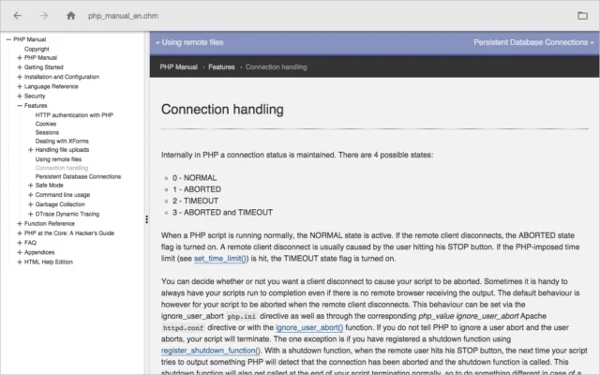


Whether a depot effect of verapamil exists when 7-oC and 3,7,12-toC (in the form of methyl esters) are present in chloroform was also investigated. The interaction was followed by measuring the effect of verapamil on the functional dependence between the spin-lattice relaxation time T1 (protons of the C18 angular group of the bile acid molecule) and the bile acid concentration in deuterated chloroform (model of the cell membrane lipid phase). This study examined the effects of sodium salts of 3α,12α-dihydroxy-7-oxo-5β-cholanoic acid (7-oC) and 3,7,12-trioxo-5β-cholanoic acid (3,7,12-toC) on the adsorption of verapamil hydrochloride on activated carbon (model of the cell membrane). Special attention is paid to bile acids having oxo groups instead of OH groups in the steroid skeleton of their molecule, since these derivatives have a lower hemolytic potential (membrane toxicity). It is known that certain bile acids have a promotive effect on the action of some drugs. The progress in the field of relaxation in gases is described in section 4. It also includes a selection of works on solutions of biological macromolecules and other complex systems. Section 3 deals with applications of NMR relaxation in liquids, starting with pure liquids and continuing with solutions of low-molecular weight compounds. The last two subsections cover quadrupolar nuclei and paramagnetic systems, respectively. The first two are fairly general and the following three discuss more specific aspects of spin-1/2 systems. The outline of this chapter is as follows: section 2 which follows the introduction covers the general, physical and experimental aspects of nuclear spin relaxation in liquids and is further divided in seven subsections. Some earlier works, overlooked in last year's chapter, are also included. The period under review is from June 2011 through May 2012. The emphasis is on comparatively simple liquids and solutions of physico-chemical and chemical interest, in analogy with the previous periods, but selected biophysics-related topics and relaxation-related work on more complex systems (macromolecular solutions, liquid crystalline systems, glassy and porous materials) are also covered. This report reviews the progress in the field of NMR relaxation in fluids.


 0 kommentar(er)
0 kommentar(er)
